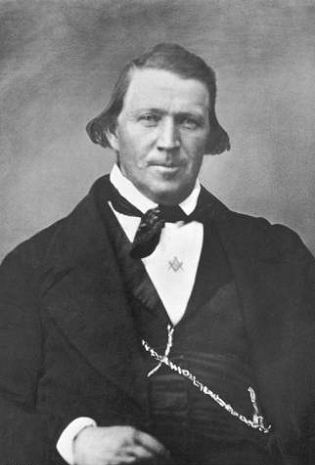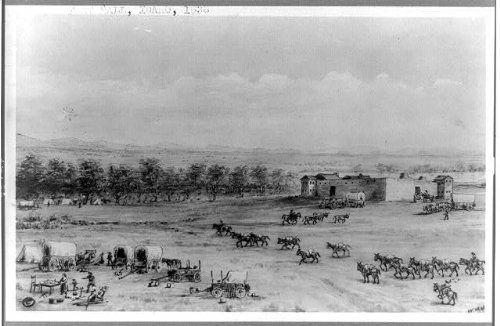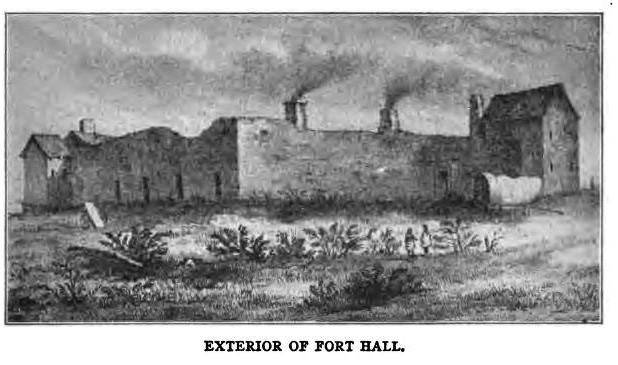After publishing ten historic fiction coming-of-age romance novels, I decided to write in the genre I have always loved reading the most. Book one is ready for beta readers who enjoy young adult science fiction, fantasy, adventure, and romance - regardless of their age. The story centers around a young hunter growing up in a colony world that has forgotten it is a colony. He discovered a baby dragon invisible to everyone but him. If interested in reading more, please email me at ejgoodman.author@gmail.com with Beta Reader in the subject line. I look forward to hearing from you. Happy reading! -- Earle Jay Goodman.
PIONEER SPIRIT
Images and comments about life in the intermountain west in the 1850's. (Click on an image to see full size.)
Friday, July 8, 2022
Sunday, February 16, 2020
Reviews criticizing lovemaking in Book Two doubled the weekly sales
Many thanks to my kindle readers who posted reviews and rated my books on goodreads. I sincerely appreciate all the compliments and critiques. After I received criticisms about discussing Connal Lee's budding sexuality in Book Two - an important part of any young person's life - I considered editing out those scenes and creating a "G" Rated version. Before I had time to start editing, paperback sales and kindle readership doubled, so I kept the book as originally written (My elderly religious mother tells me she simply skips over the 'lovemaking parts'. Don't ya love it!?)
Monday, September 23, 2019
A word about polyamorous marriages in Plains Indian cultures.
 |
| A Shoshone family in native dress - photographed in 1895. |
I am so grateful to any of my readers who post reviews of my books, even those who didn’t like my stories and gave me bad reviews. Davidpizzarro wrote, “The idea that Native Americans in the 19th century accepted homosexuality is absurd. The author is trying to rewrite history, changing the morality of the times to fit his personal modern bias.” I wish amazon.com had a way for me to respond directly to him. The Plains Indians certainly did have homosexuals in their culture. The French called them 'berdache' in the 1700s. Gay natives have been documented in over 155 tribes, each having their own names and customs for same sex (two-spirit) men and women. In Crow, a male two spirit was called boté, in Lakota (Sioux) winkte, in Zuni lhamana, in Navajo nádleehí, and in Shoshone tangowaip.
Plains Indians marriage traditions were predominantly polyamorous with both men and woman taking multiple husbands and multiple wives. This leads me to believe they were polysexual or pansexual as well in their sex play and lovemaking. In this way, the Plains Indians managed to overcome infant mortality and keep families together even if one or more spouses succumbed to warfare, white man diseases, accidents and old age. It also provided spouses to share the hard work of survival in bleak lands.
One Cheyenne woman had five wives and was a great Chief who led her tribe to victories in battle. Sitting Bull (Custer, 1876, Battle of Little Bighorn) had five wives.
There is a ton of anthropological material documenting multiple spouses in Indian cultures. It was the rule rather than the exception, although a few only had one spouse. Some stayed together for life while many divorced. Since men and women are sexual animals, I submit they made love as it pleased them. They did not look at the world through the lens of our Judeo-Christian morality.
Gender fluidity, polygamy and polyandry were huge problems for white America in the 1700s, 1800s and even in the 1900s. So, what did they do? Congress passed laws against it in 1862, 1882, 1887, 1890 and 1892. Starting in 1890 the Office of Indian Affairs began suppressing plural marriage - and most other aspects of traditional Indian culture, insisting one husband and one wife constituted the only legal marriages.
Sunday, September 22, 2019
Great Salt Lake
Great Salt Lake, the largest salt water lake in our Hemisphere, is a remnant of Lake Bonneville that used to cover most of Utah until about 14,500 years ago. Since its only outlet is evaporation, it is saltier than seawater. The lake is approximately 75 miles long and 35 miles wide. It averages 33 feet deep. It's coastline, size and depth change over time depending on weather.
In 1776 a Franciscan missionary and explorer of the Southwest, Silvestre Velez de Escalante, was the first white man to note the existence of the lake in his journals. In 1824 Jim Bridger explored the lake. John C. Fremont led the first scientific expedition to the lake in 1843. Howard Stansbury, a major in the U.S. Army Corps of Topographical Engineers, made the first survey of the lake in 1849. He published his report and map in 1852. The local Indians referred to the lake as Pi'a-pa, meaning "big water", or Ti'tsa-pa, meaning "bad water." In 1847 when Brigham Young entered the valley and laid out the plan for their new city, he named the city Great Salt Lake City after the neighboring lake. On January 29, 1868 the city council officially dropped the name 'Great' from the city's name.
In 1776 a Franciscan missionary and explorer of the Southwest, Silvestre Velez de Escalante, was the first white man to note the existence of the lake in his journals. In 1824 Jim Bridger explored the lake. John C. Fremont led the first scientific expedition to the lake in 1843. Howard Stansbury, a major in the U.S. Army Corps of Topographical Engineers, made the first survey of the lake in 1849. He published his report and map in 1852. The local Indians referred to the lake as Pi'a-pa, meaning "big water", or Ti'tsa-pa, meaning "bad water." In 1847 when Brigham Young entered the valley and laid out the plan for their new city, he named the city Great Salt Lake City after the neighboring lake. On January 29, 1868 the city council officially dropped the name 'Great' from the city's name.
 |
| A contemporary map of Great Salt Lake by Justin Morris. Used by permission. morris.justin@gmail.com |
 |
| A major feature of the lake, Antelope Island, could be seen from nearly all the original Mormon Colonies. |
 |
| Sunsets over Antelope Island are often dramatic. |
Wednesday, August 21, 2019
Old Fort Hall
The Old Fort Hall was built in 1834 as a fur trading post on the Snake River in eastern Oregon County. After being included in United States territory in 1846 upon settlement of the northern boundary with Canada, Fort Hall developed as an important station for emigrants through the 1850s on the Oregon Trail; it was located at the end of the common 500-mile (800 km) stretch from the East shared by the three far west emigrant trails. Soon after Fort Hall, the Oregon and California trails diverged in northwesterly and southwesterly directions. An estimated 270,000 emigrants reached Fort Hall on their way west.
 |
A marker was placed on the original site of the first Fort Hall by the National Register of Historic Places.
|
 |
Reproduction of the Old Fort Hall recreated in Pocatello Idaho
Interior of Old Fort Hall reproduction.
 |
Brigham Young
Brigham Young (born June 1, 1801) was 5' 10" tall and weighed 190 pounds. Note the Freemason pin on his shirt.
 |
| Daguerotype taken by Marsena Cannon in Great Salt Lake City in 1853. |
 |
| This popular portrait of Brigham Young was cropped out of the daguerreotype below. |
 |
| Another daguerreotype portrait of Brigham Young taken by Marsena Carson in 1858 during the Utah War. |
Tuesday, August 20, 2019
Brevet Brigadier General Albert Sidney Johnston
Albert Sidney Johnston (February 2, 1803 – April 6, 1862) served as a general in three different armies: the Texian Army, the United States Army, and the Confederate States Army. He saw extensive combat during his 34-year military career, fighting actions in the Black Hawk War, the Texas War of Independence, the Mexican–American War, the Utah War, and the American Civil War. - Wikipedia
|
Portrait of Gen. Albert S. Johnston, taken at Camp Floyd, Utah Territory,
by Samuel C. Mills, during the winter of 1858-59. He is wearing the uniform of a brevet brigadier general.
|
General Johnston stood over 6' tall and weighed 200 pounds. He had thick brows over intense eyes that commanded with a glance. He was 55 when he took command of the Utah Expedition. He was a popular leader with his soldiers.
General Johnston was briefly furloughed in 1860 in Kentucky before the War Department sent him to California to command the Department of the Pacific from San Francisco. He resigned his commission when he heard Texas had joined the secession. He soon became the Confederacy’s leading General in the field. On April 6, 1862, the 59 year old General bled to death from an untended leg wound received while astride the horse he had ridden throughout the Utah War. He died at the Battle of Shiloh, the highest-ranking officer, Confederate or Union, killed during the Civil War. He was buried in Austin, Texas.
Subscribe to:
Posts (Atom)













